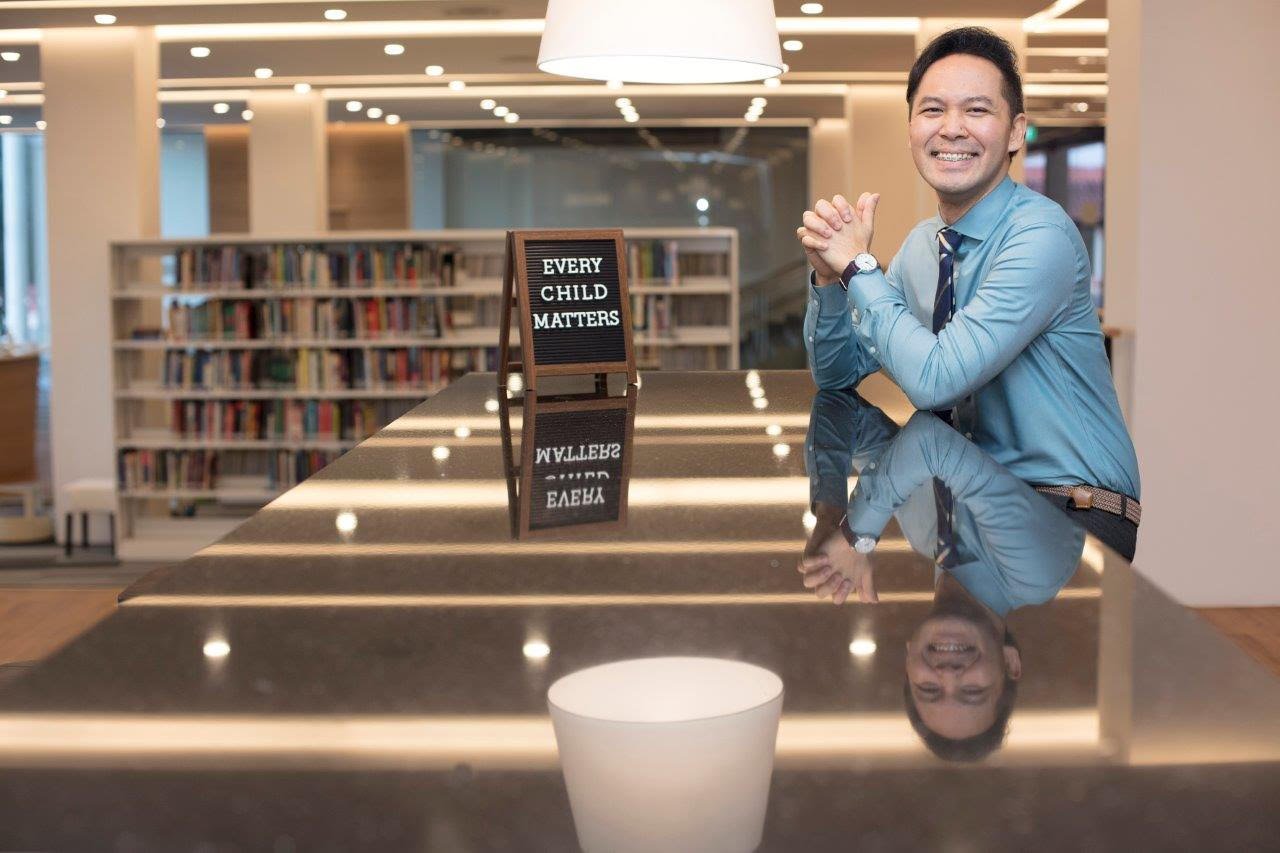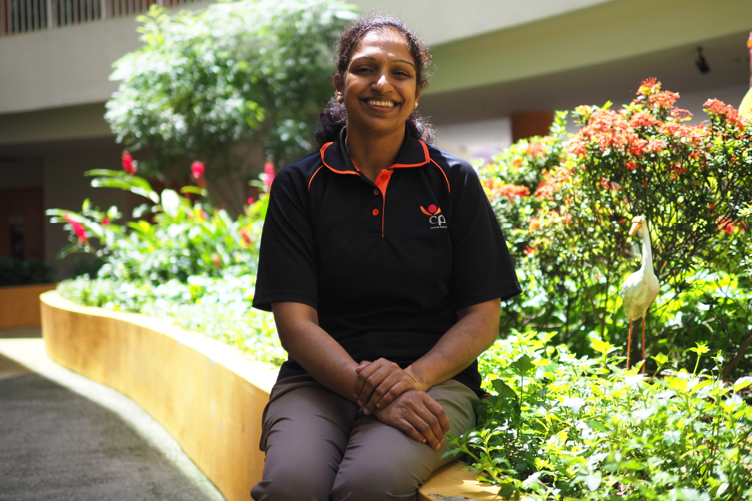Mohamad Faisal Bin Jamain, Qifa Primary School, Outstanding Youth in Education Award 2021 Recipient
Benjamin* was a quiet boy in school. But on the school bus ride back home, the Primary 1 student would be uncontrollable – running around and refusing to sit down. When repeated attempts to stop him did not work, I decided to ride the bus home with Benjamin to see what I could do about it.
It is an oft-quoted adage that it takes a village to raise a child. What I want to do is to extend the reach of that village and provide an expanding web of support for my students. That web cannot end when school ends. There is still after-school care and the school bus ride back home. So I have regular chats with bus uncles and aunties to gain a broader understanding of what happens on their rides home. I share classroom management strategies with the centre managers in the after-school care centre.
In my first year as a teacher, I met a student with Attention Deficit Hyperactivity Disorder (ADHD) – John*. As I was still inexperienced then, he left me increasingly stressed to the point when I dreaded going to work. A senior teacher noticed this, and she drew me aside. She said, “No one asks to be born with special needs, Faisal. If not you, then who?”
That question struck a chord. John had been entrusted to my care in school – as his teacher, I should never give up on him. I started working more closely with John’s parents. The school counsellor also offered support by providing a safe space for John to cool off after he had major meltdowns. For the next two years, John’s parents and I not only kept in regular contact to support his learning – we also affirmed and encouraged each other, offering strategies on what could be done at home and in school to keep his impulsive behaviours in check. John’s behaviour in class improved significantly too. He was calmer and able to follow lessons better.
This experience led me to think about what I could do, so that school can be an enabling place for every child, and not just for students with special needs.
I asked myself: Whom should I partner with? How can I work with colleagues on this? Can other students play a supportive role too?
Inclusivity Starts in The Classroom
The first step is, of course, my own classroom.
I always find ways to assure all students that they are equally important to me. If I catch them doing something good, I praise them publicly or get the class to applaud their classmates’ actions. Sometimes, even a simple thumbs-up will bring a glow to their faces.
For students with Special Educational Needs (SEN) – be it ADHD, dyslexia, or autism – I try different strategies, so they each feel comfortable in the classroom. I am no expert, but ever since I taught John as a beginning teacher, the interest in helping students with SEN in the classroom has continued to grow. There are many resources available, so I have read books, spoken with psychologists, joined support groups and attended forums and courses.
For example, for students with ADHD, I incorporate movement breaks throughout the day. It helps them release energy, and experience responsibility by completing an assigned task unsupervised.
Dyslexic students need a different kind of support. They do better when learning is multi-sensory, so I incorporate songs to teach words, or get the whole class to trace letters in the air using their fingers to learn spelling. The other students know what these activities achieve. I find opportunities to explain how these activities help their friends focus better in class.
Open conversations like these – about how everyone has unique strengths and weaknesses, and needs help in different ways – are ways for students to develop empathy and understanding for others. While students with SEN may need help in terms of movement breaks and multi-sensory learning, other students without SEN may also need help, for instance during morning reading periods. We pair students up, so they can check in with their reading buddy if they need a hand.
Teachers Need Support Too
In my attempt to grow the support networks for students, I bring together teachers, who can benefit from sharing their experiences. Teaching students with SEN can lead to challenging situations for teachers, too. Sometimes, strategies they try may not work and they may feel frustrated and disappointed.
It is vital for teachers to have a listening ear and a sounding board around. When teachers share strategies – what works, what doesn’t, and how to make new plans – it is much easier to make progress in teaching SEN students.
Working Hand in Hand
Students are part of this network, too.
There is a simple exercise I do with my students. I ask them to hold one hand up, close their fingers lightly and share what they observe. For some, they notice tiny gaps between their fingers. I then tell them to use the other hand and interlock their fingers together. They quickly realise, “The gaps are gone, Mr Faisal!” I use this to get them to think what ‘working hand in hand’ means.
All students can provide some support – even our Primary 1 students. We pair students who are more organised and encouraging, with students with SEN who need a little extra assistance. These buddies remind their friend to write down homework assignments in their student diaries, walk with them to Mother Tongue lessons, and help to check if they have packed up all their belongings at the end of the day.
There is only so much that we can do as individuals. By working with colleagues, students, parents and the community, I hope that the village surrounding our students grows larger and more supportive.
As for Benjamin, the boy running havoc on the bus? Having a teacher on the bus ride home made all the difference. A switch flicked and he realised that the same rules and behaviour standards we set in the classroom, which he has no trouble adhering to, also apply in the school bus. After that one ride home with him, the bus auntie was happy to report that Benjamin has been much calmer on bus rides home since.
*Name has been changed to protect the identity of the student.






